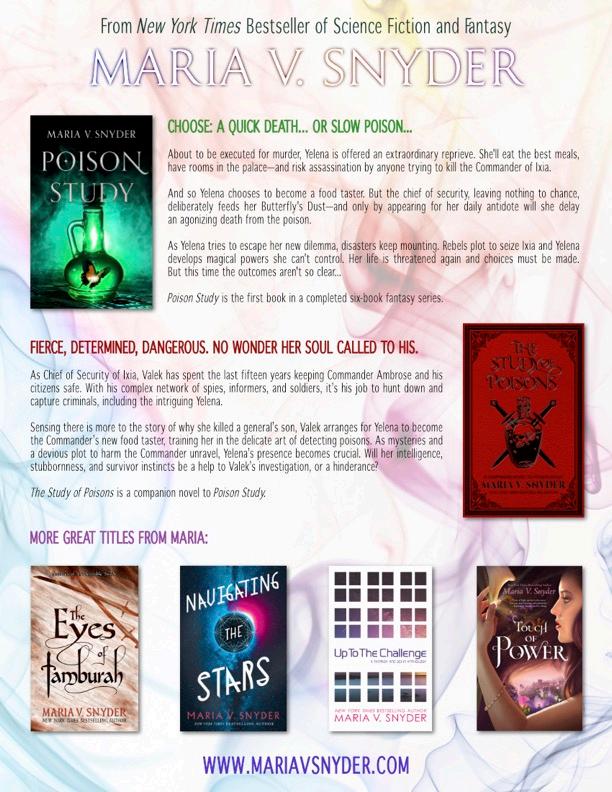
7 minute read
Audiobooks: An Explosion of Sound!
From its humble beginnings in 1931, when the American Foundation of the Blind and the Library of Congress established the Talking Book Program, the audiobook has evolved into a major branch of publishing.
From its humble beginnings in 1931 when the American Foundation of the Blind and the Library of Congress established the Talking Book Program, the audiobook has evolved into a major branch of publishing. Technology has played a signi=icant role in its development, starting in the 1950s when record companies began distributing albums for books. The invention of the cassette tape in 1963 allowed audiobooks to become more accessible. Fast forward to 2002, when CDs changed the market and ruled until digital downloads dominated. Back in 2009, approximately 4,600 audiobooks were recorded, and in 2021 approximately 74,000 audiobooks were recorded. Not only an explosion of sound, but of sales.
Advertisement
Audiobooks are the fastest growing aspect of digital publishing. US sales were estimated at $1.6 billion dollars in 2021—a 23% increase from 2020. The US is the world’s largest audiobook market. Back in 2019, audiobook sales surpassed eBook sales, earning 22% more money than eBooks. The growth in revenue is expected to continue at a rate of 20-25% per year over the next seven years. The numbers con=irm that this is not a trend, but a viable income source.
Over 116 million people in the US listened to audiobooks in 2021. Listeners aged 18 to 29 years old make up 30%, with 30-49 year-olds coming in a close second at 27% and those 50 to 64 years-old at 22%. A 2022 Survey Monkey poll reported 73% of consumers listen to audiobooks while commuting; 33% while
By: Maria V. Snyder
doing chores; 25% while exercising; 15% while at work; %5 while shopping, and 8% while doing other tasks.
All this market information is great news for authors. Publishers and audiobook producers are actively seeking content. And the technology exists where independent authors can produce their own audiobook. Lots of options, but also lots of information and lots of confusion for authors. Where do you start?
If you have a publisher that is interested in acquiring your audiobook rights there are some things to
Also be aware that Audible Originals will only sell your audiobook through Audible, Amazon, and Apple Books. When you consider that Audible has a 63.4% market share of audiobooks sold, that might be in your best interest. In all cases, read through the contract thoroughly and know exactly what the publisher will provide.
If you decide to produce an audiobook on your own, there are two options. One, you hire an audiobook production company to record your audiobook from start to =inish. You pay them and, in the end, the book is yours to do with as you will. Companies like Cedar House Publishing, ASJ Publishing, and Mosaic Audio are all happy to work with you. The second option is to do it all yourself. You hire a narrator, =ind an engineer, and upload the =iles. It’s a massive undertaking, but can be quite rewarding.


If you choose door number two, all the experts agree that you need to hire a professional voice actor. A bad narrator can kill a good book. Unless you are an actor, consider. Do you already have a reader base? If so, then you might want to produce the audiobook yourself to earn higher royalties. If you’re a new author, then selling those rights may be for the best. Publishers can afford to hire top level narrators and have the distribution channels. Once you’ve built up a listener base, then you can decide if you’d rather produce your future books. If you sell your rights, try to be as involved as possible. Ask for narrator approval, and, if they don’t agree, have a list of narrators you think would best =it your protagonist. Also provide a list of pronunciations and be open to a phone or Zoom call to go over this list with your narrator. or have taken voice-over classes, you’ll need to =ind someone to narrate your book. Don’t believe me? Read this fabulous article: https:// www.radiotimes.com/audio/audiobooks/whynarrating-an-audiobook-is-a-lot-harder-you-think/
For independent authors, you have a couple options as well. You can sell your audiobook rights to an independent publisher, you can do it yourself, or you can go hybrid. Just like the traditional publisher, the audiobook publishers come in all different sizes. The bigger ones like Harper Audio, Recorded Books, and Books on Tape will only accept submissions from agents. Then there are the ones like Brilliance Audio and Oasis Audio who prefer an agent, but will consider unagented submissions. However there are plenty like Audible Originals, Novel Audio, and Upfront Books that will consider submissions from everyone.
If your book is accepted, then the publisher will produce and sell the audiobook. If you sign with one of these publishers, try to be as involved as possible.

Where can you =ind narrators to hire? There are a number of places that list narrators and their contact information. One website is AudioFile Magazine (https://www.audio=ilemagazine.com/narrators/), which lists them in alphabetical order and has a page on of “Golden Voices” who are the best of the best.

Voice 123 (https://voice123.com) has a searchable data base of voice actors. You enter the parameters for a narrator like, female, British-accent, snarky, and hit the search button. Plus it has =ilters for ages, language, and prices. Audiobook narrators are paid per =inished hour (PFH). Rates span from $50 to $400+ PFH. Newer narrators looking to build a portfolio are cheaper than the established pros. Gabra Zackman, a professional actress living in New York City who has recorded over 500 books, charges $450 PFH. Most narrators have demos you can listen to before contacting them. Also consider narrators that have recorded books in the same genre as your book. Many of them have their own fans who will listen to any book they narrate.
Voice 123 also allows you post a project with your parameters. In that case, narrators who are interested in recording your novel will contact you. You can request auditions, and then pick your favorite. Some narrators will have a standard contract they use for new clients, or you can create a simple contract that outlines the requirements for each party.
For example, I recently hired Raphael Corkhill to narrate my latest release, The Study of Poisons. In our contract, I listed when I would provide him a =inal manuscript, that I would pay him $300 PFH (worth it!), which included union fees, and in exchange, he would send me the =irst 15 minutes for approval by a certain date. Getting that 15 minutes is key. After you listen, you can request adjustments or ask for changes in accents or voices. Once I approved the sample, he recorded the rest of the book. It took him about two weeks. In the contract, we also agreed to a phone call to go over pronunciations, for him to send the =inished raw =iles to the sound engineer, and for him to be willing to do pick-ups to correct any errors.
The sound engineer? Yes, they are a critical part of the process. They go through the raw =iles and delete those extra long pauses, the stomach gurgles, the hiccups and burps, the sirens in the background, etc. The engineer also ensures the narrators follow the story and will =lag wrong words or skipped sentences. They also charge a PFH rate and a good engineer will cost around $100. Some narrators, like Gabra, include the cost of the engineer in their rates, other’s don’t. Ensure you know what is included in your narrator’s PFH.
If an engineer isn’t included, you can =ind them through AudioFile’s searchable database https:// www.audio=ilemagazine.com/referenceguide/can search by narrator, by publisher, and by services (where you’ll =ind the engineers).
Side note on recording studios. Technology has once again changed how narrators record books. Before, narrators had to go to professional studios. They’d either rent time at a studio or record it “in- house.” For example, Audible’s headquarters are located in Newark, NJ. They have a dozen sound-proof studios in the building for their narrators to use. Today, most narrators have their own studios at home. With a high-quality microphone, professional sound-proo=ing equipment, and software, many have transformed walk-in closets and other small spaces into studios.
Once you have an audiobook, the next step is to upload it to the different audiobook sales platforms. You’ll also need a square-shaped cover art to upload along with the =iles. There are many retailers that will allow you to list your book on their site. Findaway Voices, LIstenUp, Overdrive, Kobo, Audible/Amazon, Librivox, Hoopla, Draft2Digital, Audiobooks.com—the list goes on! Each one has different royalty rates, different services, and some charge fees.
For example, Audible has ACX, which is the service for independent audiobook producers. You can list your audiobook on Audible through ACX for free and earn a 25% royalty. You can also make it an Audible exclusive and earn a 40% royalty. Going exclusive means you can’t upload your book to any of the other distributors. When you consider they have 63.4% of the market, it might be worth it to stay with them. Plus, you can opt out after 90 days and go wide.
If you don’t wish to do all the work, or give your baby completely over to another, you can go hybrid.
Audible’s ACX is one example of going hybrid. Other hybrid companies are Findaway Voices and ListenUp. Working through these companies have many moving parts and options. I will explain all the details in a follow-up article on audiobooks in June’s issue.
Producing an audiobook takes a great deal of time and money so do your research and =igure out which option will work the best for you. I can’t guarantee that you’ll earn back your investment, but I can guarantee that when you hear your narrator read your words for the =irst time, it’ll cause an explosion of goosebumps.


While I can wax poetic about body fonts (fonts used for the main text of your book), today, we’ll jump into the fun side of typography and using display fonts for covers and chapter titles. The fonts you use can have a big impact on how your words are perceived. For example, the phrase “I can’t live without you,” can communicate very different messages depending on your font choice.









